One of the most gifted, in-demand, and prolific documentary filmmakers is Dawn Porter. Her latest, The Way I See It (which is out in select theaters and will air on MSNBC October 16), profiles lead White House photographer Pete Souza—who documented the presidencies of Ronald Reagan and Barack Obama. As such, he has the most unique perspectives on leadership and what it takes to lead America through challenging times.
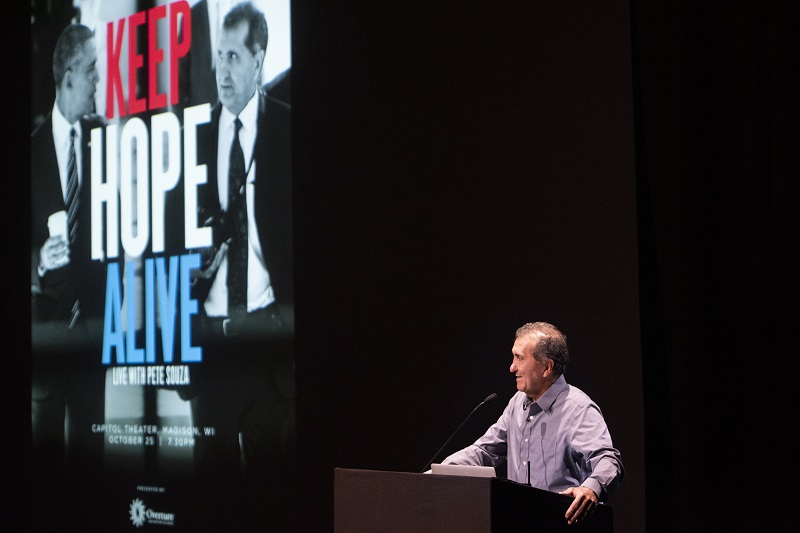
Having photographed both a Republican and Democrat POTUS, Souza has an insight that few possess. Normally apolitical, when the current occupant of 1600 Pennsylvania Avenue—Donald Trump—began his assault on our democracy the photojournalist could not stay quiet. Through the photographs of President Obama, in particular, and with the issues 44 dealt with for eight years Souza was able to provide perspective and an antidote for Trump and his non-stop stream of lies. Porter’s film brilliantly and powerfully profiles Souza and it reminds of a United States where both sides respect the other and how country is always put above party—the exact opposite of what is currently happening.
The auteur phoned The Movie Mensch for an exclusive interview to explore her latest film and why Souza was the perfect vehicle to illustrate how the horrorshow that is the current administration cannot be normalized. She reveals what makes a good subject, and how the White House photographer and a documentary filmmaker share a lot in terms of their vocational mission. The filmmaker has been busy as earlier this year she released the stunning slice of cinema that spotlights an icon with John Lewis: Good Trouble. Porter also is the documentarian behind the breathtaking Netflix film Bobby Kennedy for President.
Porter also waxes poetically why Souza’s photographs and commentary, on the eve of the most important election in many presidential electoral cycles, needed to be out in the cultural lexicon in the weeks leading up to the date America chooses between Trump and former Vice President Joe Biden (who made his way into countless of Souza’s shots).
The Movie Mensch: When you headed into this, I’m sure you do tons of research about your subject. Then you meet the person. I’m curious, what surprised you most about Pete?
Dawn Porter: He’s used to being behind the scenes. I didn’t really have a sense of him, personally. I think one of the most surprising things is how emotional he got about his days in the White House, his relationship with President Obama, and his worry about what’s happening right now. He gets really fired up, but emotional about it. He’s not flinging arrows to score points. He’s literally worried about what he sees happening.
The Movie Mensch: He’s not alone, but he’s got a very unique position to have that. What struck me about your film, and Pete, is his message about history. He worked for two very different presidents. What was your takeaway from his impression about those two politically polar opposite presidents, versus what we have now?
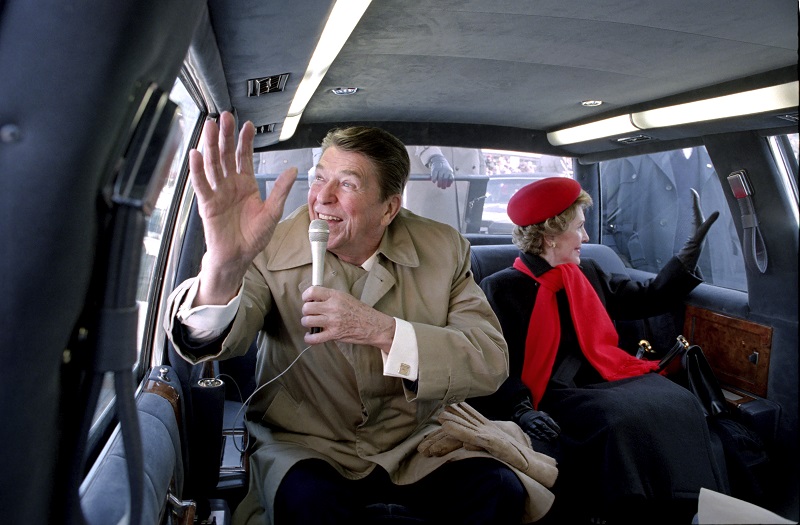
Dawn Porter: I think I was really struck by how he saw similarities between the two presidents. Because he was with them in person, he was really impressed by the care that each of them took and the level of concern for people that each of them had. When you think about President Reagan, I mean, I was a person who protested Reagan’s policies.
The Movie Mensch: Guilty… me too!
Dawn Porter: … and Pete wasn’t a Reagan fan at all. But he’s pointing out something different. This isn’t a policy film. This isn’t an evaluation of whether the decisions are right or wrong. It’s about something much more fundamental—which is that those two people in the office understood the gravity and importance of their work. Both of these leaders went about it in different ways, but they really had a deep concern for the country. They also were doing things, not just for themselves, because they thought it was the right thing to do. So, I think the photos of both of those administrations point out the absence of care that this administration has for the general population. That is borne out repeatedly. I mean, the president [Trump] testing himself while telling other people not to wear a mask, minimizing the dangers of the virus while making sure he’s in an isolated bubble from it. It’s just shocking. I really fear that people were becoming numb to the irregularities of this administration. So, Pete’s photos remind us of what “normal” is. I think we need to remember that.
The Movie Mensch: Before you head into a project, or maybe even just specifically this one, do you have an idea of the story you want to tell? Or is it more you let the subject tell the story as you’re documenting it?
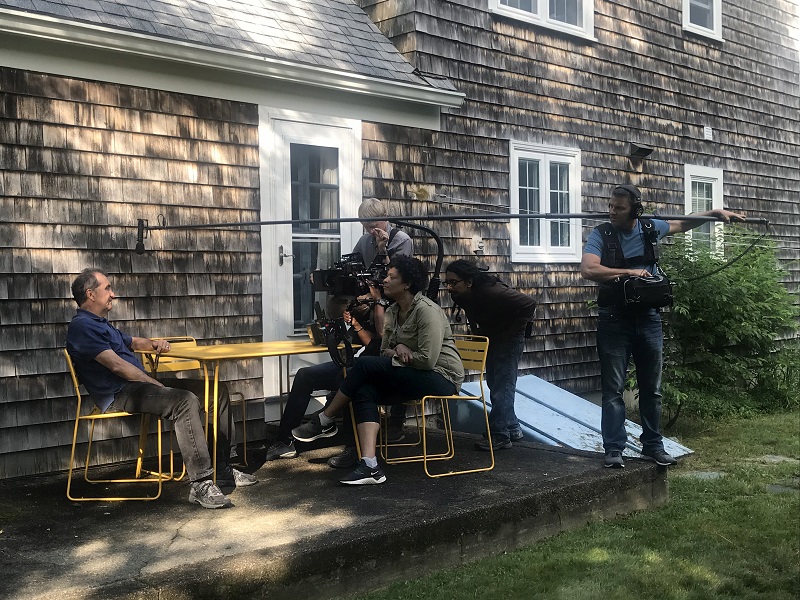
Dawn Porter: I don’t always have an idea of what it is, because a lot really does depend on your subject. How much they’re willing to give you in an interview. How open you can get them to be. For Pete though, it was different. The first time I met him, he just flipped open his laptop and he projected some of the images on the screen, and he just kept going through and telling stories about them. I thought that this is actually a pretty straightforward movie. If you share his journey about how he came to photography, how being in these jobs changed him, and you understand that about him, you understand what [Pulitzer Prize-winning author] Samantha Power says… it’s a 911. Pete still abides by security rules. There are things that he won’t discuss or disclose. I could only think of what is informing his real terror at the idea of the current occupant in the White House. There’s so much more I don’t even know that he can’t tell us. But he’s begging for our attention, and that really grabbed me.
The Movie Mensch: As a fellow artisan who uses the medium of the visual, what personally strikes you most about Pete’s work?
Dawn Porter: I love Pete has that fly on the wall, the photographer disappears. He’s really interested in the candid moment, much more so than the posed moment. That is also very much my kind of sensibility. So, I really respond to the humanity in his work and what his photos reveal about the character of his subjects. I also really admire his work ethic. I think if you are a person who works in documentary films, your greatest desire is to live with your subject. It’s like when you have children and everything they do is fascinating. That’s what it’s like for us. I really envy Pete’s ability to almost live with the Obamas for eight years. I think because of that, we have a much deeper insight into their lives and what it’s like to run a country.
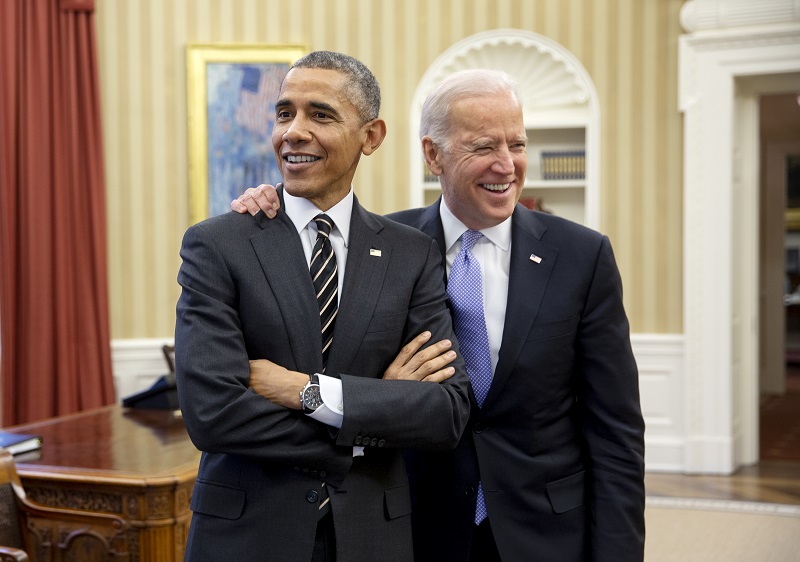
The Movie Mensch: You kind of answered my next question! I was going to ask you if he thought that a White House photographer and a documentary filmmaker share a similar approach to work?
Dawn Porter: Yeah. I do. I think Pete makes the point he was working for the government. He wasn’t the straight objective reporter, but it’s the way that he approached his job in that he wanted to document for history. That is what you’re interested in as a documentarian, and that’s why the film was the way I see it is. We are acknowledging that there’s a lens. It’s coming through his filter. But there’s also a deep desire to really show what was happening at any given time. You see the people in the room when tough decisions are being made. That’s important to note. We don’t know who was in the room when the current occupants in the White House was talking to the Russians. We have no idea. That is a big historical moment about which we will never have answers. So, I think we have a similar sensibility. As a documentarian, you try to be a little more arm’s length, even as you’re trying to forge an intimacy. You don’t want to get so starry-eyed that you lose sight of the bigger picture. I think, actually, Pete really tried to think about the bigger picture as he was making photographs. What was going to be their place in history?
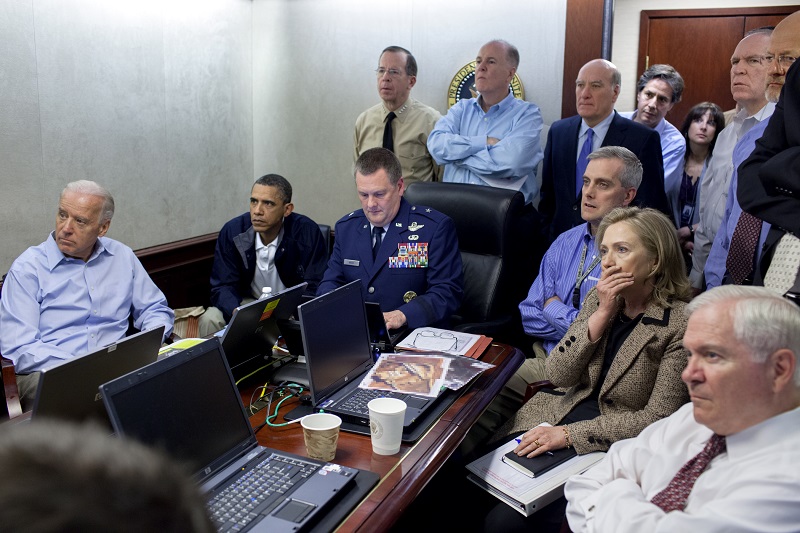
The Movie Mensch: He was a mirror, I think, in a lot of ways.
Dawn Porter: I think he was a mirror. I really do think he was a mirror, and I appreciate that. When you think about it, there’s so few people that are ever in that room. To be in that room every day, you understand what the mood is, and he could really evaluate what meetings were important, what meetings went well because he was there for all of it.
The Movie Mensch: You’re a busy filmmaker and may I say even prolific. What does a story or a subject, have to say to you to undertake the endeavor that is producing a film?
Dawn Porter: I think, for me, I have to be a little bit obsessed with it because you spend years with these movies. So, I’m looking for something that not only captures my attention but that there’s some depth to it to explore. But also, I think, it goes for the John Lewis movie and for this movie—I was feeling so despondent about our country and so removed and cast aside. Working on both of these movies really helped me to find a more balanced center, and to regroup, live to fight another day for my country. It’s my country too. These movies [John Lewis: Good Trouble and The Way I See It] really helped me work through it, and not just be bitter or angry. But to be motivated to help.

